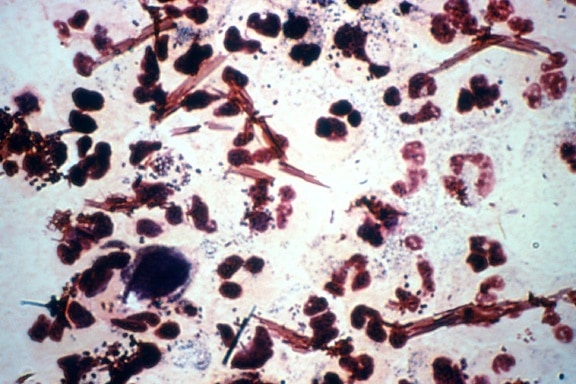 Uterine fibroids are non-cancerous growths that develop in the uterus. They are often described as benign tumors, but they can cause significant discomfort and symptoms for many women. These growths are composed of muscle and fibrous tissue and can vary in size from a pea to a grapefruit. While they are quite common, the exact cause of uterine fibroids remains unknown.
Uterine fibroids are non-cancerous growths that develop in the uterus. They are often described as benign tumors, but they can cause significant discomfort and symptoms for many women. These growths are composed of muscle and fibrous tissue and can vary in size from a pea to a grapefruit. While they are quite common, the exact cause of uterine fibroids remains unknown.
Symptoms and Impact
The symptoms of uterine fibroids can vary widely depending on the size and location of the growths. Some women may experience no symptoms at all, while others may suffer from a range of issues, including:
Heavy bleeding during periods
Pelvic pain or pressure
Frequent urination
Backache or leg pain
Infertility
In severe cases, uterine fibroids can lead to anemia due to excessive blood loss and can also compress the bladder or rectum, causing discomfort and urinary or bowel problems.
Risk Factors
Several factors may increase a woman’s risk of developing uterine fibroids, including:
Age: Fibroids tend to develop more frequently in women in their 30s and 40s.
Family history: A family history of uterine fibroids can increase a woman’s risk.
Race: Black women are more likely to develop uterine fibroids than white women.
Obesity: Being overweight or obese can increase the risk of fibroids.
Hormone exposure: Hormonal factors, such as early puberty or late menopause, may also play a role.
Diagnosis and Treatment
Uterine fibroids are typically diagnosed through a pelvic exam and ultrasound. In some cases, additional tests, such as MRI or hysteroscopy, may be necessary to evaluate the size and location of the fibroids.
The treatment for uterine fibroids depends on the severity of the symptoms and uterine fibroids the woman’s overall health. Many women with mild symptoms may not require treatment. However, for women with more severe symptoms, several treatment options are available, including:
Medications: Hormonal medications can help manage symptoms such as heavy bleeding.
Myomectomy: Surgical removal of the fibroids while preserving the uterus.
Uterine artery embolization (UAE): A minimally invasive procedure that blocks the blood supply to the fibroids, causing them to shrink.
Hysterectomy: Surgical removal of the uterus, often the last resort for women with severe symptoms or who desire no further children.
Uterine fibroids are a common gynecological condition that can affect millions of women worldwide. While they are generally benign, they can cause significant discomfort and impact a woman’s quality of life. Understanding the symptoms, risk factors, and treatment options for uterine fibroids is essential for women’s health. If you are experiencing symptoms that may be related to uterine fibroids, it is important to consult with a healthcare provider for proper diagnosis and treatment.

